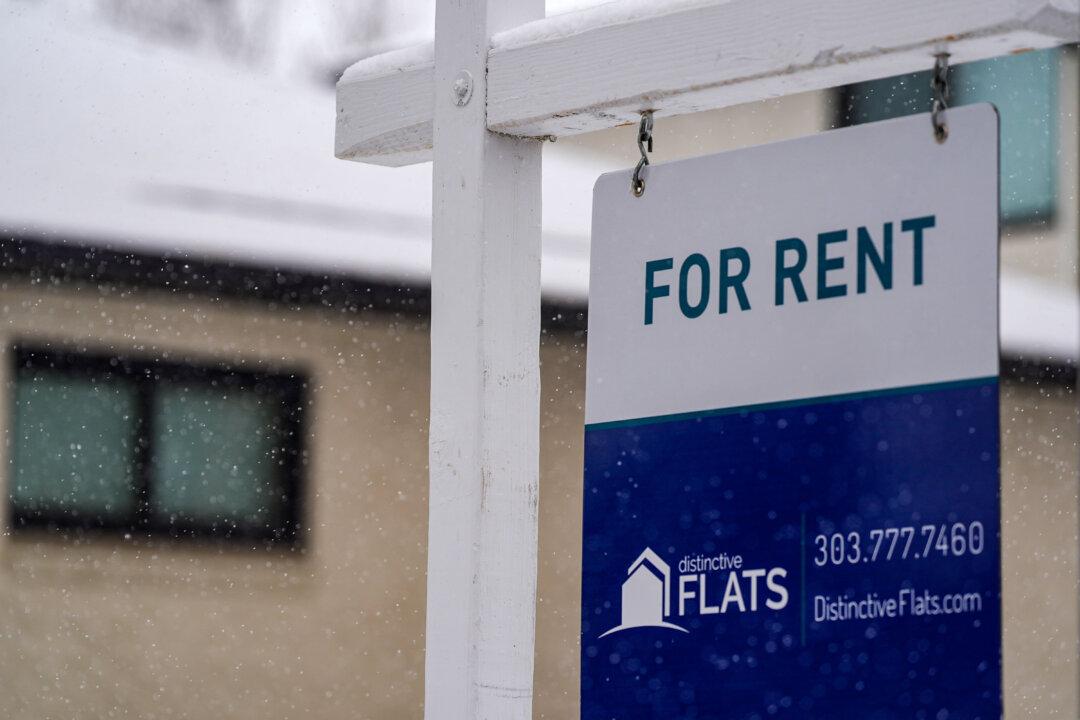Mortgage applications for new home purchases increased 5.5 percent compared to a year ago, according to new data released by the Mortgage Bankers Association (MBA) on April 18.
Data was collected as part of the MBA’s March Builder Application Survey, and it showed applications increasing by 14 percent on a monthly basis, indicating a renewed interest in the U.S. housing market.
Meanwhile, according to the U.S. Census Bureau, privately owned housing starts have declined 11.4 percent in March on a monthly basis.
A combination of ample supply, affordable mortgage rates, and reasonable input costs like lumber typically contributes to a healthy housing market.
Mortgage rates, backed by Freddie Mac, have recently gone up. The 30-year fixed-rate mortgage, for the week ending April 17, is at 6.83 percent, following three consecutive weeks of decline.
Economic uncertainties following President Donald Trump’s global tariffs have resulted in market fluctuations as investors adapt to the administration’s trade policies.
Tariffs and Housing Supplies
Pertaining to the housing market, the administration has imposed a 25 percent tariff on all imports from Canada and Mexico, two key suppliers of raw materials used in building construction.According to the National Association of Home Builders, when asked about how tariffs have affected business, 60 percent reported suppliers raising or announcing higher prices for raw materials due to the tariffs.
Canada and Mexico have been exempted from the global 10 percent tariffs, which was welcomed by the housing group.
Canada makes up around 85 percent of all American softwood lumber imports, accounting for almost a quarter of the available supply in the United States. Meanwhile, Mexico is a supplier of concrete, gypsum, and near-shore appliances.
“Some house hunters are hanging out on the sidelines because they’re hopeful mortgage rates will come down soon,” said Venus Martinez, a Redfin agent. “The buyers who are still active, typically those who need to move, are picky and unwilling to pay over asking price. And those buyers have the right strategy: Many of today’s sellers are willing to negotiate the price down.”
The contrast in numbers indicates the differences in various U.S. housing markets, time periods, and survey methods used by organizations.
As for home sales, there were 61,000 new home sales in March 2025, an increase of 7 percent from February’s 57,000, according to estimates from MBA’s latest report.
“By product type, conventional loans composed 49.0 percent of loan applications, FHA loans composed 37.0 percent, RHS/USDA loans composed 0.9 percent and VA loans composed 13 percent.”
FHA loans are mortgages insured by the Federal Housing Administration, while RHS refers to Rural Housing Service loans.
The average loan size for new homes decreased from $397,516 in February to $381,921 in March, according to the report.







